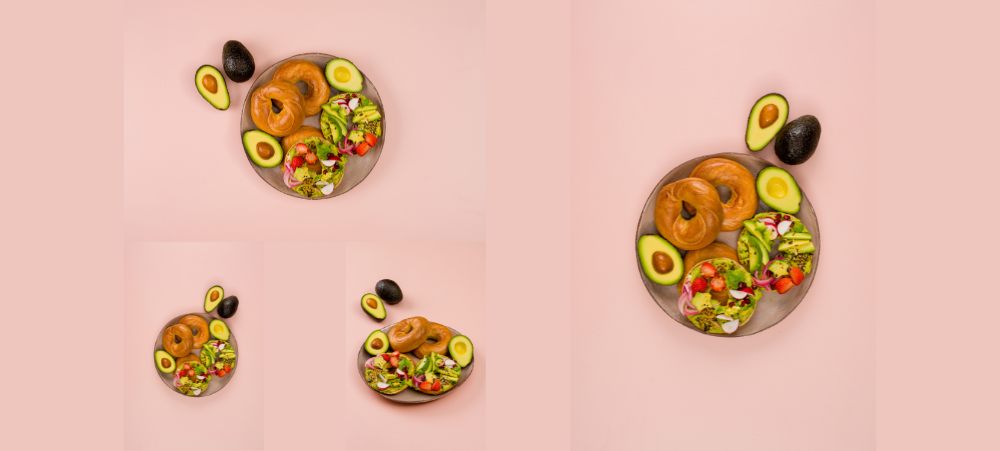
8 Vital health checks for men
Essential health checks or screenings are tests that are carried out by a medical doctor to check for diseases and health conditions, even before you may have any symptoms. By detecting diseases early on they are often easier to treat. Dr Morgan Mkhatshwa, Clinical Executive at Bonitas Medical Fund, talks about the most important check-ups for men. Colorectal Cancer Screening These tests look for cancer in the colon or rectum by checking for tissue growths, called polyps. If you have an elevated risk for cancer (such as a family history), then you should start having these tests from the age of 45. A colonoscopy, where the doctor looks at your entire colon, should be done every 3-10 years depending on what is found during your exam. A Faecal Immunochemical Test (FIT) which also screens for colon cancer by looking for hidden blood in the stool, should be annual. Prostate cancer Prostate cancer is one of the most common types of cancer in men. It occurs in the small walnut-shaped gland that produces the seminal fluid that nourishes and transports sperm. The growth is normally slow and it is the one type of cancer from which you have the best chances of recovery. However, while some types of prostate cancer grow slowly and may need minimal or even no treatment, other types are aggressive and can spread quickly. Most men with prostate cancer are older than 65 years and do not die from the disease. If prostate cancer is detected early — when it’s still confined to the prostate gland— there’s an excellent chance of successful treatment. Men, from the age of 50 (40 – 45 for those at high risk, with a family history of prostate cancer) should have an annual prostate examination. How do you get checked for prostate cancer? Your doctor will recommend a blood test to check the levels of Prostate Specific Antigen (PSA) in your blood. PSA is a substance made by the prostate and can be elevated in men who have prostate cancer. This must be supported by a rectal examination. Weight and BMI The Body Mass Indicator (BMI) is used to check if you are a healthy weight. To calculate your BMI: Divide your weight in kilograms (kg) by your height in metres (m) Then divide the answer by your height again Good to know Underweight <than 18.5 Normal weight 18.5 to 24.9 Overweight 25 to 29.9 Obese 30> Blood glucose With over 4.6 million people in South Africa living with diabetes, it’s important to check your blood glucose. There are two main types of diabetes: Type 1 and Type 2. They are different conditions but are both serious and need to be treated and managed properly. One of the biggest problems with diabetes is when it remains undiagnosed. This can lead to blindness, heart attackstroke, kidney failure, impotence and amputation so it’s vital to be checked. Blood pressure Hypertension (high blood pressure) is when blood pressure stays elevated over time. It is often referred to as the ‘silent killer’ since nearly 33% of people who have it, don’t know it. If your blood pressure is too high, it puts extra strain on your arteries (and your heart) and if it’s not treated, hypertension can cause kidney failure, eye problems and heart disease. Skin checks Skin cancer is caused by the abnormal growth of skin cells – usually on the skin that has been exposed to the sun but not always. There are three major types of skin cancer: Basal cell carcinoma, squamous cell carcinoma and melanoma. Examine your skin carefully at least once a month and, if you are prone to getting lots of moles, go to a dermatologist and have the mole ‘mapped.’ If skin cancers are found and treated early, they are almost always curable. If you have a history of skin cancer in your family have your skin checked regularly by a doctor. Cholesterol levels Cholesterol is in every cell in your body. You need cholesterol to help your brain, skin and other organs do their jobs. But eating too much fat and cholesterol is not good for you and it can start to build up in childhood. Cholesterol is produced by your liver, it’s carried in your blood and can get into the walls of the blood vessels. This can cause the blood vessels to get stiffer, narrower or clogged. If the clogging worsens over the years, it can cause a heart attack or stroke in adults. Doctors can find out what your cholesterol level is by taking some of your blood and testing it. The two main types of cholesterol are: Low Density Lipoprotein (LDL) is bad cholesterol – a plaque builder and High Density Lipoprotein (HDL) is good cholesterol – which removes bad cholesterol from the body. Testicular cancer Symptoms of testicular cancer include a lump, hardness, enlargement, pain or any other change in one or both of their testicles. It is a good idea for men between the ages of 15 and 55 to do a self-examination. This is best done after a warm shower and will help find the cancer at an early stage, when it is more likely to be successfully treated. If you present with any symptoms, visit your doctor immediate. The first step is usually an ultrasound but a blood test can also be done to detect the proteins which are produced by the testicular cancer cells. Remember early detection of any of diseases or health conditions can save your life. That’s why it’s important to go to your doctor for regular check-ups.








































